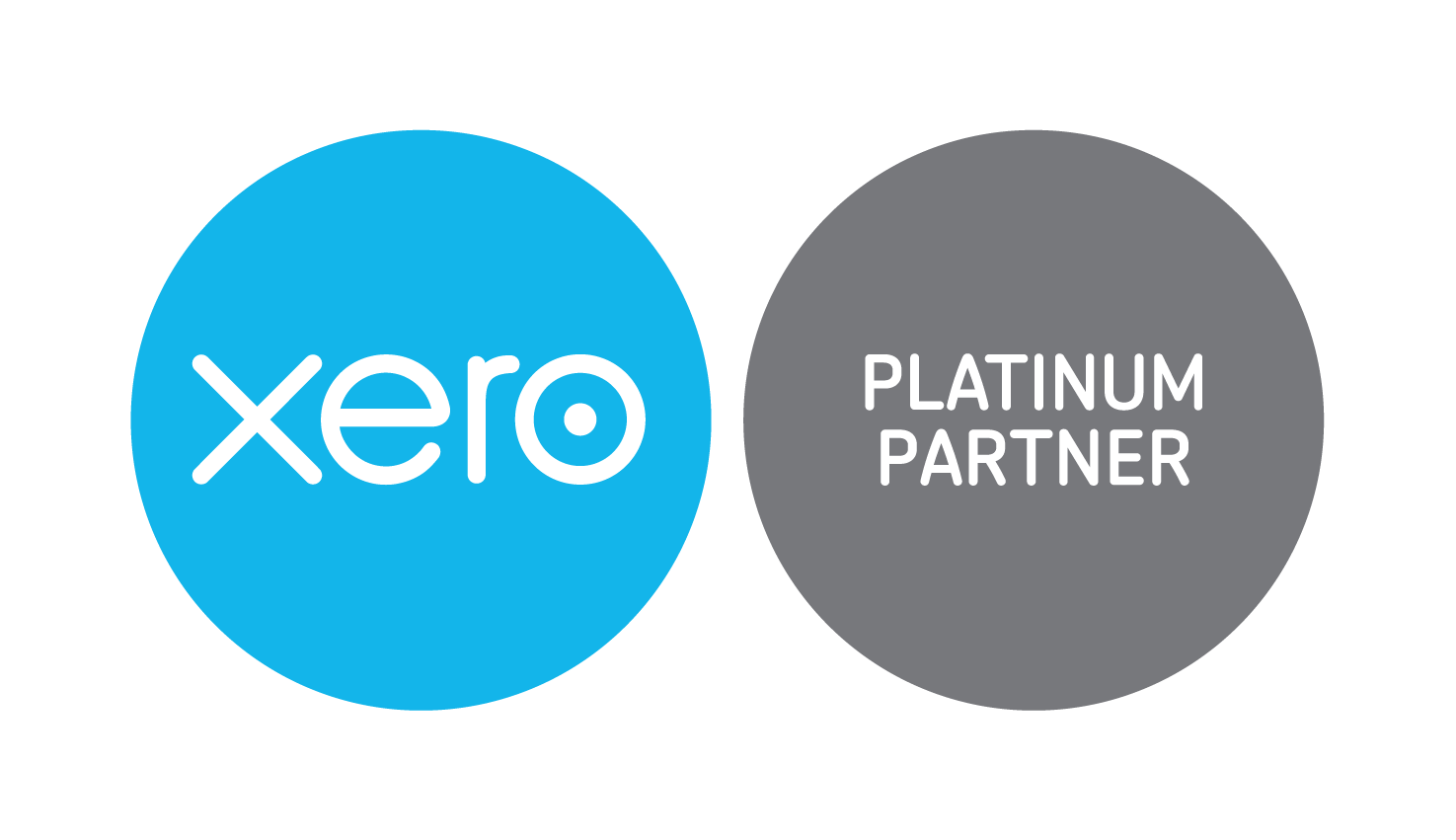Allocating professional firm profits for tax purposes
New guidance for the allocation of professional firm profits
We outline the implications of the draft ruling by the Australian Tax Office (ATO) in terms of how Professional Firms (Accountants / Solicitors / Engineers, etc.) allocate their profits.
 This is a change from what has been done in the past and will have consequences for professional firms.
This is a change from what has been done in the past and will have consequences for professional firms.
The ATO's risk-based compliance approach requires two qualifying 'gateways' to be passed before applying their risk assessment framework.
The gateways require those with non-commercial arrangements, and those arrangements with high risk features to engage with us before applying the guidance.
Where an IPP passes the gateways, they then self-assess against the risk assessment framework to determine the type of compliance attention that will be given to their arrangement. The draft PCG combines three previously separate risk assessment measures into a single methodology. This gives an overall risk rating of low, medium or high risk, including:
- the proportion of profit entitlement from the whole of the firm group that is returned in the hands of the IPP
- the total effective tax rate for income received from the firm by the IPP and associated entities
- the renumeration returned in the hands of the IPP as a percentage of the commercial benchmark for the services provided to the firm.
On application of the three risk assessment measures, an IPP will be rated as 'low risk' where all the following apply:
- greater than 50% of their profit entitlement from the whole of firm group is returned in their personal income tax return
- the effective tax rate paid by the IPP and their associates on their profit entitlement from the firm is greater than 30%
- the IPP returns an amount of income in their personal income tax return which reflects at least an appropriate return for their services to the firm.
Where arrangements featuring high-risk features or lacking apparent commercial rationale are identified, we will treat the risk through application of integrity provisions, including Part IVA.
What you need to do
We encourage you to seek independent professional advice or contact Flor-Hanly directly to discuss your situation if you are an IPP who:
- does not pass the gateways provided in the draft PCG
- are medium or high risk on self-assessment of the risk framework.
We will continue to examine arrangements that go beyond the intent of the draft guideline.
The ATO's revised guidance explains how we intend to apply a risk-based compliance approach when considering the allocation of professional firm profit, or income in the assessable income of the individual professional practitioner (IPP). The release of draft Practical Compliance Guidance PCG 2021/D2 follows consultation with peak professional bodies and other affected stakeholders. The draft guidance aims to provide consistency and a level playing field across the industry.
Source: ATO



Connect with us whatever way you like!
Facebook
LinkedIn
Email